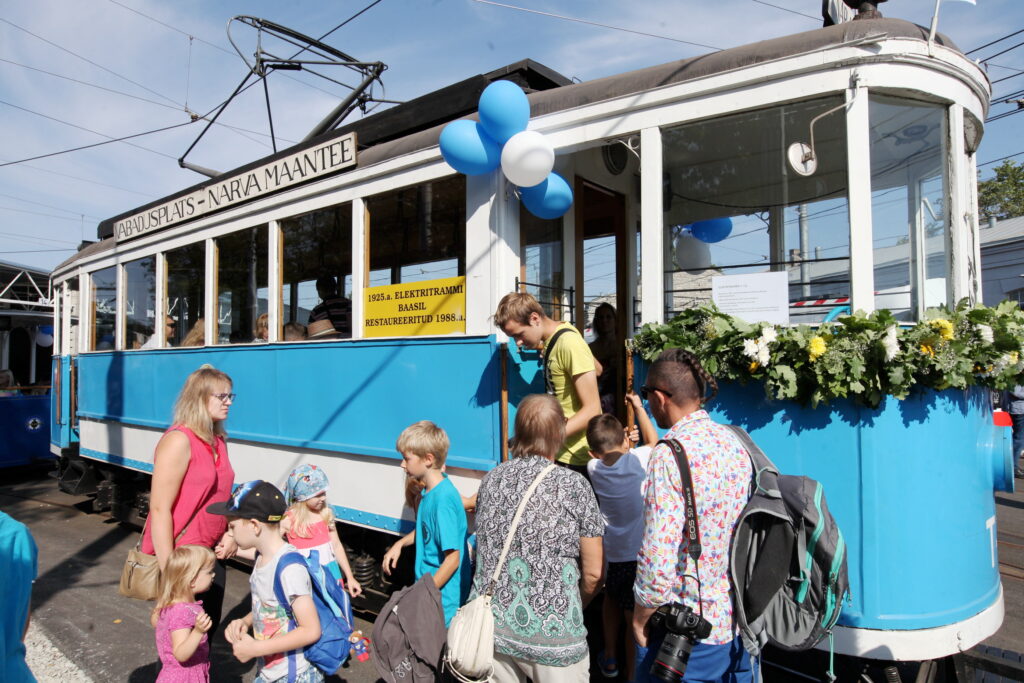Tallinn tram network 132

The 132nd anniversary of the tram network in Tallinn is on 24 August. The first tramline in Tallinn was opened in 1888 – a horsecar transporting passengers to Kadriorg. Since then, the tram network has developed tremendously. The horsecars were replaced by tram engines which in turn were soon replaced by electric trams. Nowadays, the tram is a convenient and widely used mode of transport among urban inhabitants.
According to Deniss Boroditš, the chairman of the management board of TLT AS, the tram will maintain its important role in Tallinn’s public transport even in the future. “At a time when we are switching over to sustainable solutions, the tram, as an emission-free and convenient mode of transport that is serving a large number of passengers, offers great solutions to the transport problems of Tallinn and neighbouring rural municipalities. In recent years, the discussions about the need for new tram lines have shifted to specific studies and development plans which have revealed prospective new tramlines both in the city and neighbouring rural municipalities,” noted Boroditš in regard to the future of the tram network.
The following important periods can be distinguished in the development of the 132-year-old Tallinn tram network: the opening of the first horsecar lines, construction of the Kopli tramway and connecting it to the tram network of the city centre, and the development of the modern tram network in the 1950s. The thorough reconstruction of the tramways in 2014–2017 provided additional reliability and comfort. Although the tramway was extended to Tallinn Airport in 2017 and by 2023 the Old Harbor will also be connected to the tram network, the infrastructure has logistically remained in the same area it was developed decades ago. Considering the significant increase in the number of inhabitants and the expansion of urban areas, it is time to develop plans to extend tramlines to administrative districts where there are no convenient and powerful tram connections yet, as well as to neighbouring municipalities with the greatest pressure of commuting.
The Tallinn tram network that recently celebrated its 132nd anniversary, will face a period of rapid development in the coming decades, as a result of which the public transport logistics of the city will change beyond recognition. Convenient light rail transport makes connections with administrative districts more streamlined and creates new opportunities for the residents of neighbouring municipalities. TLT is ready to contribute to public transport innovation with both its knowledge and practical skills. It would be no exaggeration to say that the future belongs to the tram.

